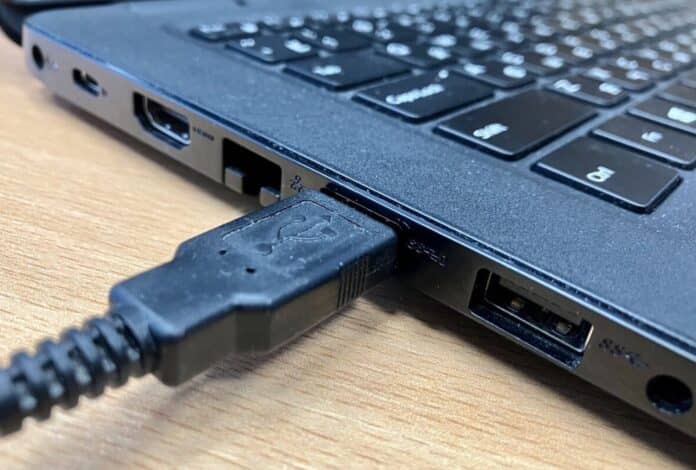5 Main Differences Between USB 4 vs USB 3

In the ever-evolving world of technology, USB interfaces have played a pivotal role since the inception of USB 1.0 back in 1996. With each passing year, newer and more advanced USB specifications emerge, becoming integral to our everyday devices. Today, we will look at the main differences between USB 4 vs USB 3 connectors.
1) Supported Connector Types
USB 4 ushers in a new era by mandating the use of the USB Type-C connector, promising enhanced connectivity. This means that to unlock the full potential of USB 4, you’ll require a USB C-to-C cable, ensuring maximum data transfer speeds.
In contrast, USB 3.2 specifications do not impose the use of a single connector, providing more flexibility in terms of compatibility.
2) Data Transfer Speed
The heart of any USB comparison lies in its data transfer capabilities. USB 4 outshines its predecessor in this aspect. USB 3.2 offers a maximum speed of 20 Gbps, while USB 4 can achieve staggering speeds of up to 120 Gbps, particularly with the introduction of USB 4 2.0.
3) Backward Compatibility
Both USB 3 and USB 4 share the commendable trait of backward compatibility, ensuring that older standards remain accessible. However, USB 4 takes it a step further by introducing compatibility with Thunderbolt 3, albeit as an additional feature.
4) Mandatory and Recommended Features
USB 4 introduces a set of minimum standards, creating a baseline for manufacturers. These standards include the obligatory use of a Type-C connector, support for alternative DisplayPort mode, dual-band operation, and Thunderbolt 3.
On the contrary, USB 3 lacks such stringent mandatory features, relying more on connector-specific requirements or mode-specific prerequisites.
5) Price vs. Performance
One critical factor influencing the choice between USB 4 and USB 3 is the cost. USB 4, with its advanced features and relative novelty, tends to be pricier compared to USB 3. However, as USB 4 becomes more ubiquitous over time, prices are expected to drop. Notably, USB 4 offers nearly identical functionality to Thunderbolt 4 but at a more affordable price point, highlighting the relative value it brings.
In contrast, USB 3 is the budget-friendly option, providing commendable performance at a lower cost. It caters well to users seeking cost-effective solutions for their needs. On the other hand, USB 4 finds its sweet spot among gamers, videographers, and other tech-savvy enthusiasts.
Conclusion
In conclusion, while the adage “newer is better” often holds true in the tech world, the choice between USB 4 and USB 3 isn’t as straightforward. USB 4 boasts impressive features and capabilities but comes with a higher price tag, whereas USB 3 offers excellent performance at a budget-friendly cost. Ultimately, the decision rests on your specific requirements and budget.
In this ever-evolving tech landscape, both USB 4 and USB 3 have their place. The determining factor comes down to whether the advanced features of USB 4 align with your needs and whether you’re willing to invest in the future of connectivity. So, choose wisely, and embrace the USB standard that suits your unique demands.
Also Read: iPhone 15 Type-C Port Pros and Cons
Follow Top and Trending on Google News and receive the latest alerts and the main news about apps, technology, beauty, entertainment, and all the top 10 related posts.
